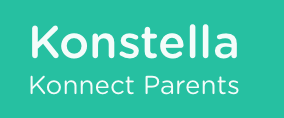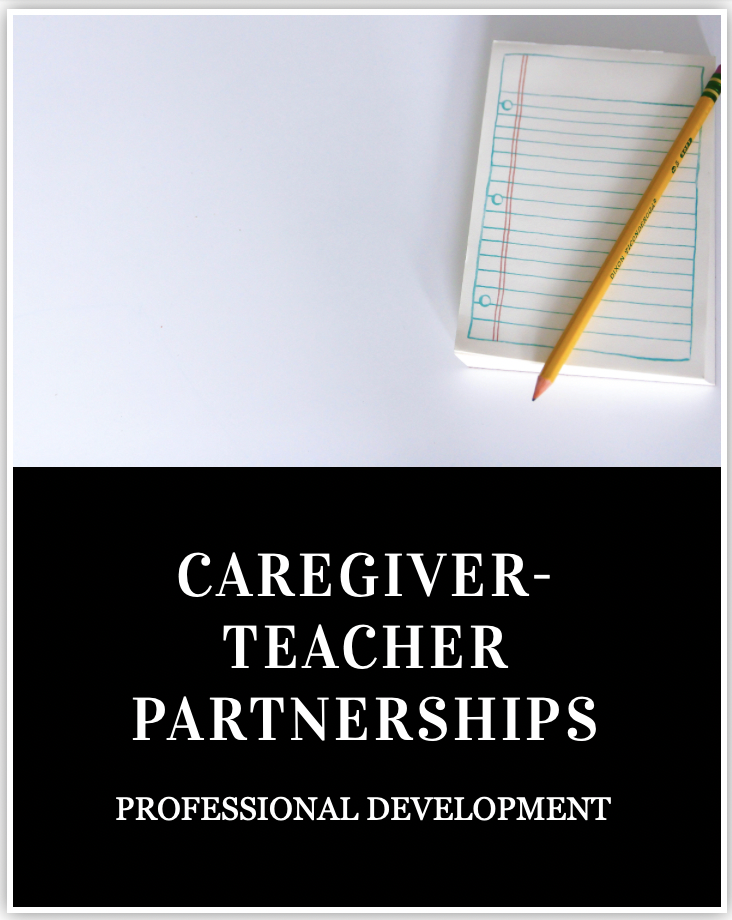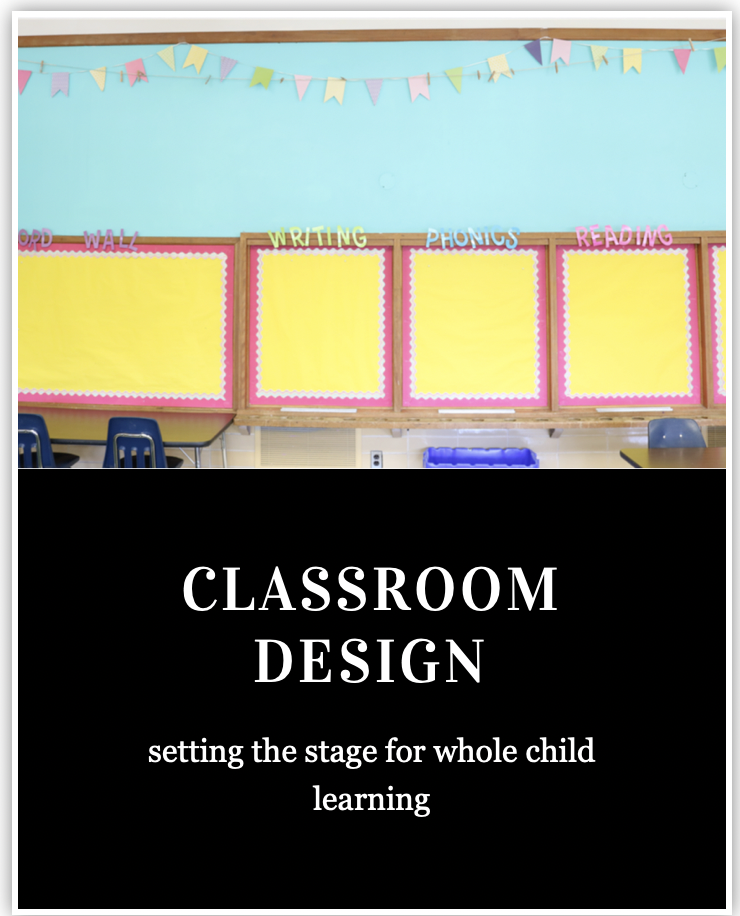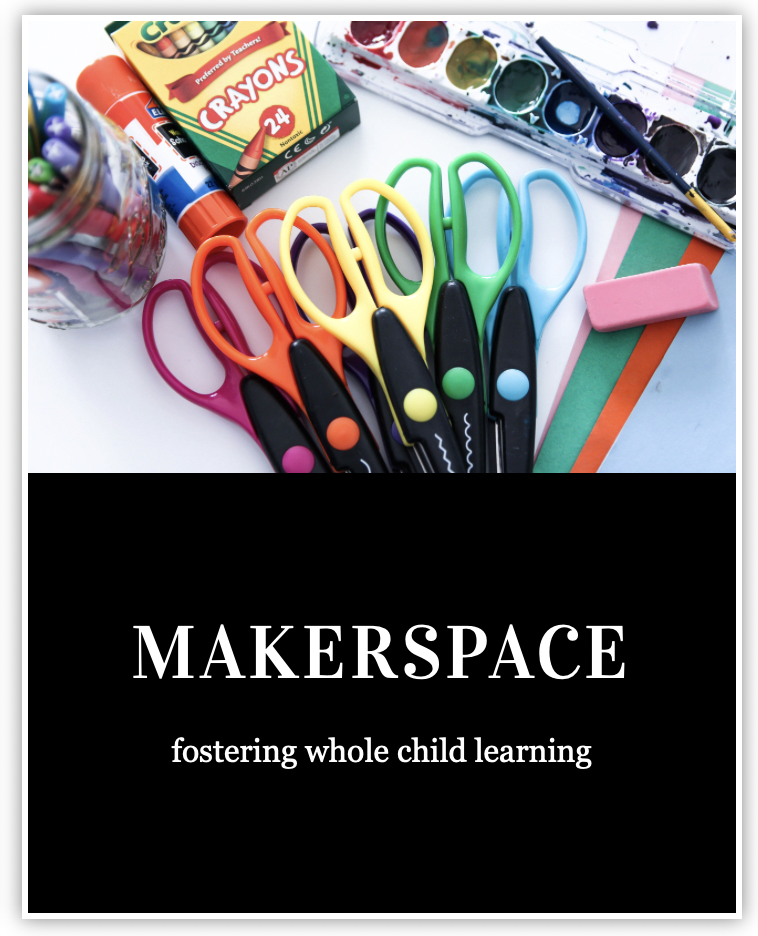While caregivers play an essential role in elementary school learning, effectively reaching them can be an ongoing challenge.
When caregivers seem hard to reach or reluctant to participate, those necessary positive partnerships can seem challenging. It is important to remember that reluctance doesn’t always mean they do not want to be engaged in their child’s education.
Effectively communicating with caregivers starts with respectfully meeting them where they are emotionally. This requires empathy – asking questions and sharing with them your common interest: their child’s education. As you read the list below, try to think if one of these circumstances may be true for a family in your class…
While the challenges of effective caregiver-teacher communication may vary based on the individuals, common challenges include:
- Unspoken expectations about family engagement: some families see their place to be getting their child to school and the teacher’s place to be teaching skills and knowledge. This could be a result of a cultural difference or sign that they respect & trust in you as the teacher.
- Inflexible work schedules and/or difficulty being able to communicate during work hours
- Limited resources – this may look like trouble getting childcare for another child, transportation difficulties
- Shared/complicated custodial situations – Students splitting time going back and forth between their parents’ homes can result in 1 parent not getting paper notices that are sent home because it is not their day. It can also be unclear who should be involved, especially for children with multiple households or in foster care. Communication between parents who work long hours and their babysitters may fall through resulting in papers staying on messy counters for days unnoticed or messages being forgotten.
- Prior negative experiences with schools – Sometimes caregivers have their own trauma from school. Perhaps they suffered from a learning difference which resulted in them feeling inferior and returning to a classroom brings back those sentiments.
- Overwhelming communication correspondances OR receiving information in overwhelming ways – There are so many e-mails and newsletters sent out by various organizations. Especially during COVID, everything went electronic. The number of e-mails sent daily increased dramatically which resulted in people becoming burnt out from reading things on their screens and overwhelmed by all the information being thrown their way from so many different medias.






